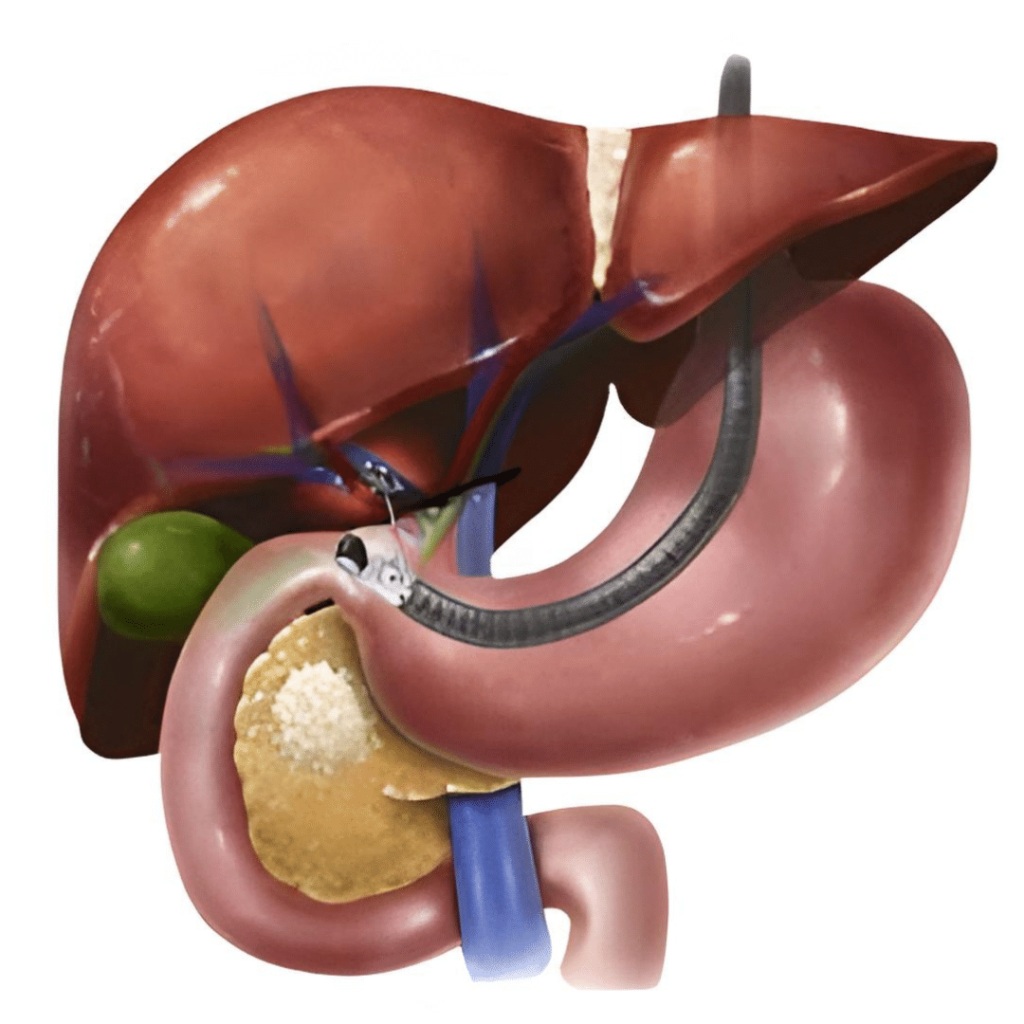
Introduction
In the field of gastroenterology, diagnostic and therapeutic procedures like Endoscopic Retrograde Cholangiopancreatography (ERCP) and Endoscopic Ultrasound (EUS) have fundamentally transformed the approach to diagnosing and treating gastrointestinal disorders. ERCP in Thane, Mulund, Bhiwandi, and Mumbra is primarily utilised for visualising and treating issues in the bile ducts and pancreatic ducts, while EUS excels in providing detailed imaging of the gastrointestinal wall and adjacent structures. Combining these techniques offers a comprehensive approach, leveraging the strengths of each procedure to optimise patient care. ERCP enables interventions such as stent placement or stone removal, while EUS aids in precise localization and staging of tumours. This synergistic approach enhances diagnostic accuracy, facilitates tailored treatment plans, and ultimately improves patient outcomes. Understanding the nuanced applications and complementary nature of ERCP and EUS underscores their pivotal role in modern gastroenterology practice.
Overview of ERCP and EUS Procedures
ERCP is a minimally invasive procedure that combines endoscopy and fluoroscopy to diagnose and treat conditions affecting the bile ducts, pancreatic duct, and gallbladder. It involves the insertion of a flexible endoscope through the mouth into the duodenum, where specialised instruments are used to visualise and access the biliary and pancreatic ducts. On the other hand, EUS is a procedure that utilises high-frequency ultrasound waves to produce detailed images of the gastrointestinal tract and adjacent structures. During EUS, an endoscope equipped with an ultrasound probe is passed through the mouth or rectum to obtain high-resolution images of the oesophagus, stomach, pancreas, and surrounding lymph nodes.
Indications for ERCP and EUS
ERCP is commonly indicated for the diagnosis and treatment of conditions such as choledocholithiasis (bile duct stones), biliary strictures, pancreatic duct strictures, and pancreaticobiliary malignancies. It is also used for therapeutic interventions such as stone extraction, stent placement, and balloon dilatation of strictures. EUS, on the other hand, is invaluable for the evaluation of pancreatic and biliary lesions, staging of gastrointestinal malignancies, and assessment of submucosal lesions in the gastrointestinal tract. It is also used for fine-needle aspiration (FNA) or biopsy of suspicious lesions, allowing for histological diagnosis and guiding subsequent management.
Key Differences between ERCP and EUS
While both ERCP and EUS are endoscopic procedures used for the evaluation of the pancreatobiliary system, they differ in their imaging modalities and therapeutic capabilities. ERCP primarily relies on fluoroscopy for imaging and therapeutic interventions, whereas EUS utilises ultrasound imaging for visualisation and guidance. Additionally, ERCP is more focused on accessing and treating lesions within the bile ducts and pancreatic duct, while EUS provides detailed imaging of the surrounding structures and allows for fine-needle aspiration of lesions for diagnostic purposes.
Benefits of Using Both Techniques Together
The complementary nature of ERCP and EUS makes them powerful tools in the armamentarium of the gastroenterologist. By combining the diagnostic capabilities of EUS with the therapeutic interventions of ERCP, clinicians in Thane, Mulund, Bhiwandi, and Mumbra can obtain a comprehensive assessment of pancreaticobiliary diseases and tailor treatment strategies accordingly. For example, in cases of suspected pancreatic cancer, EUS can be used to visualize the tumor and obtain tissue samples for histological diagnosis via FNA. Subsequently, ERCP in Thane, Mulund, Bhiwandi, and Mumbra can be employed for palliative interventions such as biliary stent placement to relieve obstructive jaundice and improve the patient's quality of life.
Case Studies Demonstrating Successful Outcomes
Combining Endoscopic Retrograde Cholangiopancreatography (ERCP) and Endoscopic Ultrasound (EUS) has emerged as a highly effective approach in addressing intricate pancreaticobiliary conditions. Extensive case studies and clinical trials underscore the amalgamation's efficacy and safety. Notably, in scenarios like pancreatic cancer staging, management of biliary strictures, and drainage of pancreatic pseudocysts, this synergistic utilisation has notably enhanced patient outcomes while mitigating procedural complications. ERCP aids in visualising and treating pancreaticobiliary pathologies, while EUS offers precise imaging, enabling accurate tissue sampling and targeted interventions. Together, they provide comprehensive diagnostic and therapeutic capabilities, enabling clinicians to navigate complex anatomical structures with greater precision. This integrated approach exemplifies the evolving landscape of minimally invasive techniques in gastroenterology, offering patients a promising avenue for improved management and outcomes in challenging pancreaticobiliary diseases.
Conclusion: Advantages of Complementary Use
In summary, Endoscopic Retrograde Cholangiopancreatography (ERCP) and Endoscopic Ultrasound (EUS) represent crucial assets in gastroenterology, providing complementary functions in diagnosing and managing pancreaticobiliary issues. These procedures are essential for patients seeking Endoscopy/Endoscopist in Thane, Mulund, Bhiwandi, and Mumbra. While each technique possesses distinct merits and applications, their combined utilization enables a holistic assessment of gastrointestinal disorders and personalized therapeutic strategies. The synergy between ERCP and EUS empowers clinicians to navigate complex pathologies more effectively, facilitating accurate diagnosis and targeted treatments. This integrated approach enhances patient outcomes and elevates the standard of care for individuals grappling with intricate gastrointestinal ailments. Embracing the collaborative potential of ERCP and EUS facilitates improved clinical decision-making and fosters advancements in the management of pancreaticobiliary disorders, ultimately enhancing the overall quality of care provided to patients with diverse gastrointestinal challenges.